NOTE: This Experiment and the contents of this post comes from the: Parametric Excitations of Electric Oscillations Thread.
For those that don't know already, way back on: 10/01/2014 I published an article:
and even earlier: 17/12/2013 an Experiment:
I have researched this technology for many years.
This is very closely related, as stated above, to an AC "Generator". The AC "Generator" is a dynamic System, changing in Time, not Static.
Some simple work to try to make simple the requirements:
"*** Arduino Uni-Polar Parametric Switch V 1.0 ***"
I am using a few simple and very cheap components to detect peak current and trigger an On Pulse with in this time frame.
Early tests show some progress:
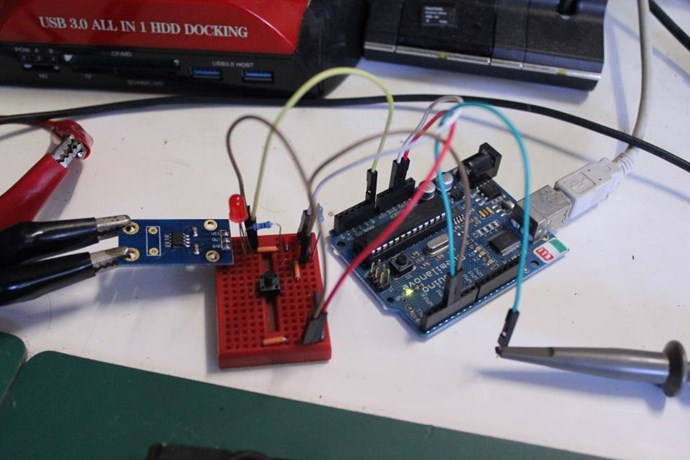
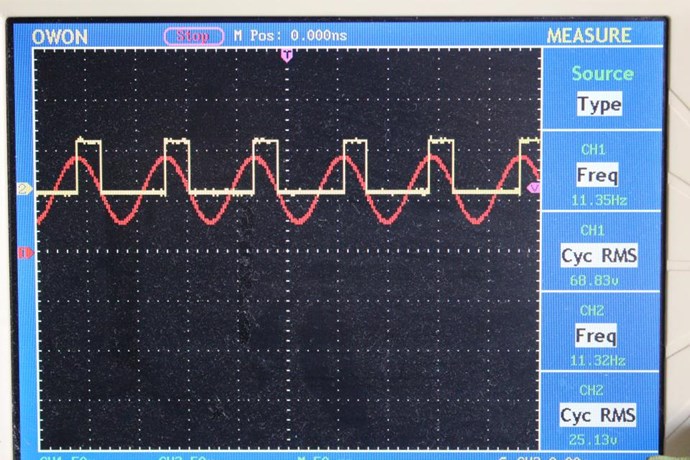
There will be limits to my work, Read Time on the Analog Sensor will restrict the upper most frequency.
Arduino is a great platform to experiment with, it is powerful and it is cheap. One could do this for only a few dollars!
Very simple Circuits:
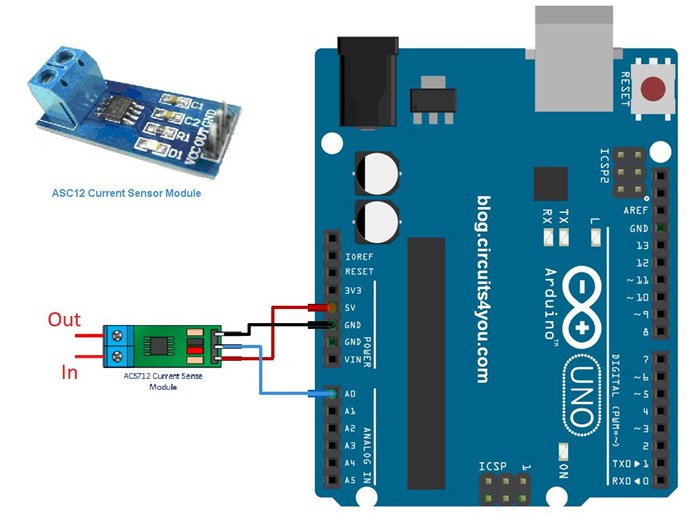
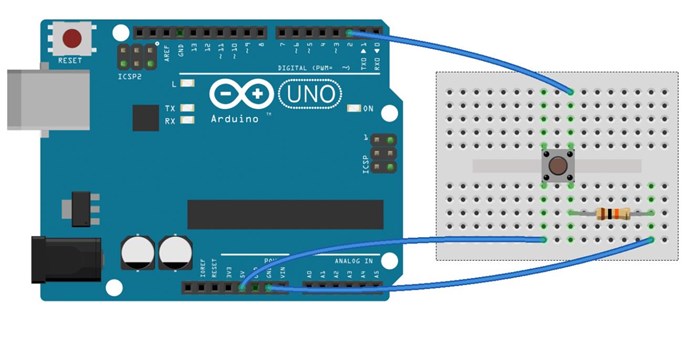
The Push Button is an Automatic Calibration, a 10 second sampling of the Current Waveform, finding the Peak Current and Switching in just after that. So device On, push button, 10 seconds of Current Sampling, then the Parametric Switch will activate after that.
Parts:
- Arduino Uno/Duemilanove Board
- ACS712 Current Sensor Module
- Push to Connect Button
- 10K ohm Resistor
A Circuit I am playing with, Low Frequency:
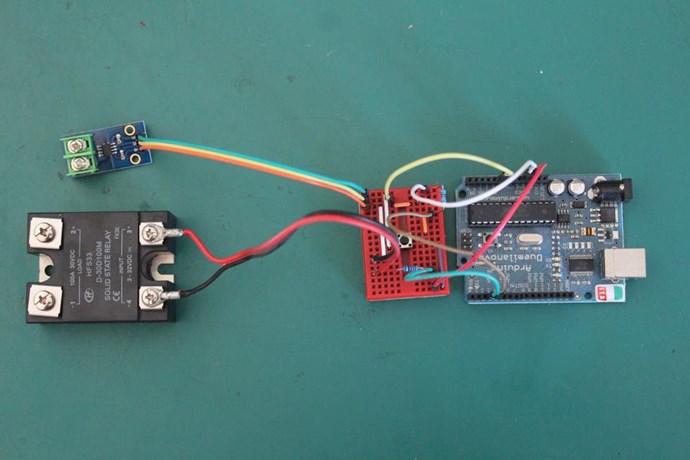
Its worth noting that this is almost exactly the same as the Graham Gunderson MIT, in the way it works.
The Arduino Sketch is attached below. Please beware, this is early work and may change at anytime.
Chris










---open-tesla-research.jpg?width=20&crop=0,0,20,20)



